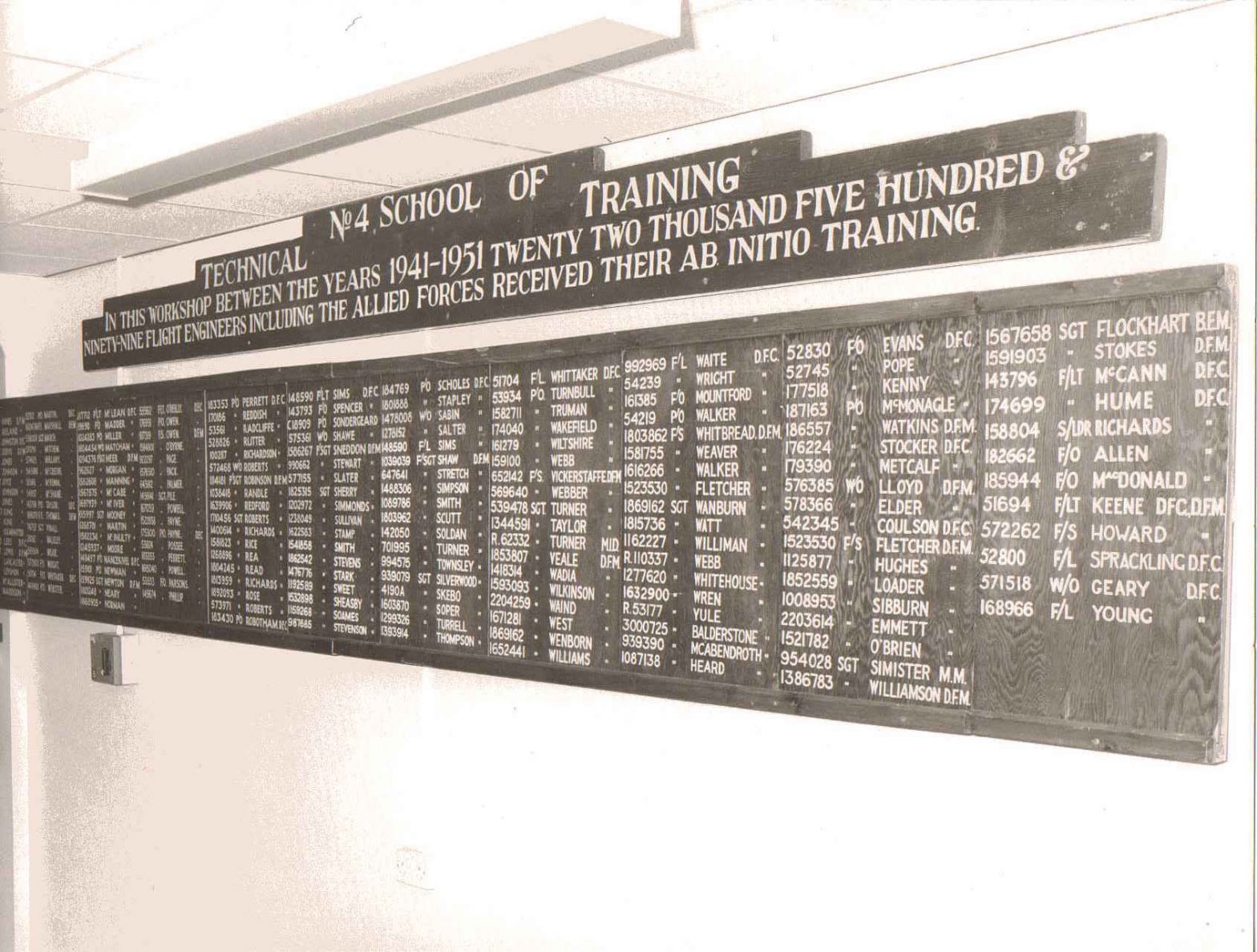

Although some systems worked great when we got them, other times the manufacturers had to make many changes before the system started working right. It was always a lot of fun to see the new systems, but it was also very sobering to realize how hard it is to get some of the new technology right. What was it like getting a preview of high-tech gear before it hit the squadrons? forces to pick off Iraqi targets on the ground with ease, even at night. LANTIRN was a major success in the 1991 Gulf War, allowing U.S. I loved testing because we either showed that something was ready to move into an operational system to help us stay ahead, or we found problems that needed to be fixed before the system was fielded, so the operators didn’t have to find those problems.Īs a flight-test engineer, you helped develop combat systems, such as the LANTIRN navigation and targeting pod. We always strove to stay one step ahead of the Soviet Union. Did the Cold War and the need to get capable planes in service add any sense of urgency to the job? Eileen Bjorkman In the 1970s and 1980s, you flew aboard 25 types of military aircraft as a flight-test engineer. For example, I never had any direct experience with testing munitions, but when I had a job that required me to do some work with munitions, the exposure I had at TPS helped me get quickly up to speed.ījorkman signing autographs after flying in the A-37 Dragonfly at the Edwards Air Force Base airshow in 1987. The thing about TPS that sets you up for your career is that you get exposure to almost everything that happens in testing and all the different kinds of systems that you might be testing, which gives you a huge advantage. And you don’t just do that once, you do it for each type of test, and you fly in many different kinds of airplanes so you see how an aircraft’s design impacts how it performs and how you approach the testing of that design.
#Air force flight engineer how to
You learn the theory about how an airplane flies and how those systems work and how to test them, and then you go out in an airplane like an F-16 or a C-12 and collect some real-world data, analyze that data, and write a report on it. TPS teaches a broad brush of all sorts of testing, from how to evaluate the performance and flying qualities of an aircraft to how to evaluate the systems onboard an aircraft, such as avionics, radars, and weapons. The only daughter of DK Jaiswal and Anita Jaiswal, Hina describes her achievement as a “dream come true”.Play icon The triangle icon that indicates to play Hina Jaiswal hails from Chandigarh and has completed her Bachelor of Engineering degree from Panjab University. During the course of six months of grueling training, she trained shoulder to shoulder with her male counterparts, and displayed unflinching commitment, dedication and perseverance.

She successfully completed the course and earned her Flight Engineer’s wing on February 15, 2019," the IAF said. " She has served as Chief of firing team and battery commander in a frontline Surface to Air Missile squadron, before being selected for the prestigious Flight Engineers’ Course. Hina was commissioned into the IAF on January 5, 2015, in the engineering branch.

BENGALURU: The Indian Air Force has inducted the first woman flight engineer-Flight Lieutenant Hina Jaiswal-who has successfully completed the course at 112 Helicopter Unit, Air Force Station, Yelahanka.


 0 kommentar(er)
0 kommentar(er)
